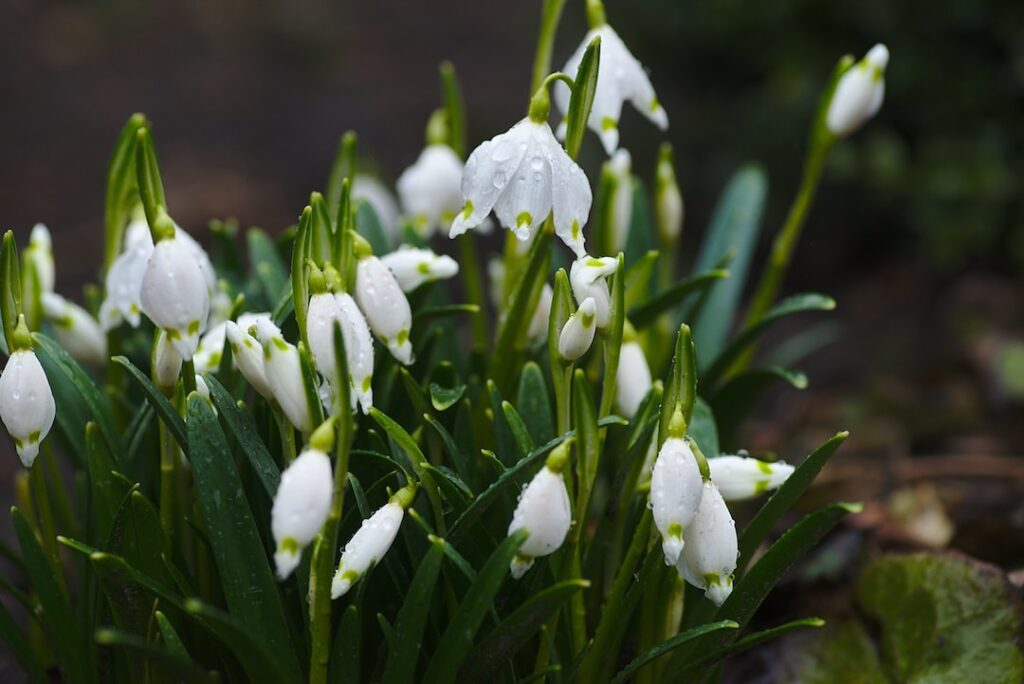The Art of Transporting Cut Flowers
Transporting cut flowers is an essential aspect of the floral industry, ensuring that beautiful blooms and arrangements reach their destinations in pristine condition. Whether you’re a professional floral designer, a gardening enthusiast, or simply someone who loves to brighten spaces with fresh flowers, understanding the best practices for transporting cut flowers can help extend their beauty and freshness. In this comprehensive guide, we’ll explore the art of transporting cut flowers, including the importance of proper handling, surprising statistics, do’s and don’ts, and practical tips for incorporating this knowledge into your daily life.
Surprising Statistics on Cut Flower Transportation
Did you know that the global cut flower trade is a multi-billion dollar industry? According to the World Trade Organization, the international trade of cut flowers amounts to an estimated $40 billion annually. This staggering figure underscores the significance of cut flower transportation in the global economy and the lives of millions who enjoy the beauty of fresh flowers every day. As we delve into the intricacies of transporting cut flowers, keep in mind the immense impact and value of this industry.
The Importance of Proper Handling
Understanding the Lifespan of Cut Flowers
Before delving into transportation, it’s crucial to understand the lifespan of cut flowers. Once flowers are harvested, their journey towards wilting begins. Proper handling and transportation can significantly impact the longevity of these delicate blooms. Most cut flowers are at their freshest and most vibrant when they’re first cut, and it’s essential to maintain this freshness throughout the transportation process.
Key Factors in Preserving Freshness
The two primary factors influencing the preservation of cut flowers during transportation are temperature and hydration. Flowers are sensitive to temperature extremes, and dehydration can accelerate wilting. Therefore, it’s vital to control these variables as much as possible during transportation to ensure the flowers remain lively and appealing upon arrival.
Do’s and Don’ts of Transporting Cut Flowers
The Do’s
1. Do use clean, food-grade water for hydration during transportation.
2. Do maintain a stable and moderate temperature inside the transportation vehicle.
3. Do secure the flowers properly to prevent damage during transit.
4. Do communicate with the recipient to ensure timely delivery upon arrival.
The Don’ts
1. Don’t expose cut flowers to direct sunlight or extreme heat during transportation.
2. Don’t overcrowd the flowers, as they need space to breathe and avoid damage.
3. Don’t allow flowers to come into contact with ethylene-producing fruits, as this can hasten their wilting process.
How to Incorporate This Knowledge into Your Daily Life
For Floral Enthusiasts
If you love having fresh flowers at home, consider the transportation aspect when purchasing them. Opt for local florists who prioritize proper transportation and handling of their blooms. This ensures that you’re bringing home the freshest and most enduring flowers for your enjoyment.
For Amateur Gardeners
If you grow your own flowers, understanding the best practices for transporting cut flowers can help you share your blooms with friends and family. Whether it’s for special occasions or just to brighten someone’s day, you can ensure that your homegrown flowers are delivered in optimal condition by following the principles of proper transportation.
For Professional Floral Designers
Incorporating the knowledge of proper flower transportation into your business can set you apart in the competitive floral industry. Emphasizing the care and attention given to transporting your floral arrangements can enhance your reputation and increase customer satisfaction, leading to repeat business and positive word-of-mouth referrals.
In Summary
Transporting cut flowers is a crucial step in ensuring their longevity and vibrancy. By understanding the significance of proper handling, the do’s and don’ts of transportation, and practical applications for daily life, you can contribute to the preservation of the beauty and allure of cut flowers. Whether you’re a consumer, a gardener, or a professional in the floral industry, incorporating these principles into your approach can lead to a more fulfilling and sustainable relationship with cut flowers. So, the next time you admire a stunning bouquet, consider the care and attention that went into ensuring its safe and beautiful journey to you.











